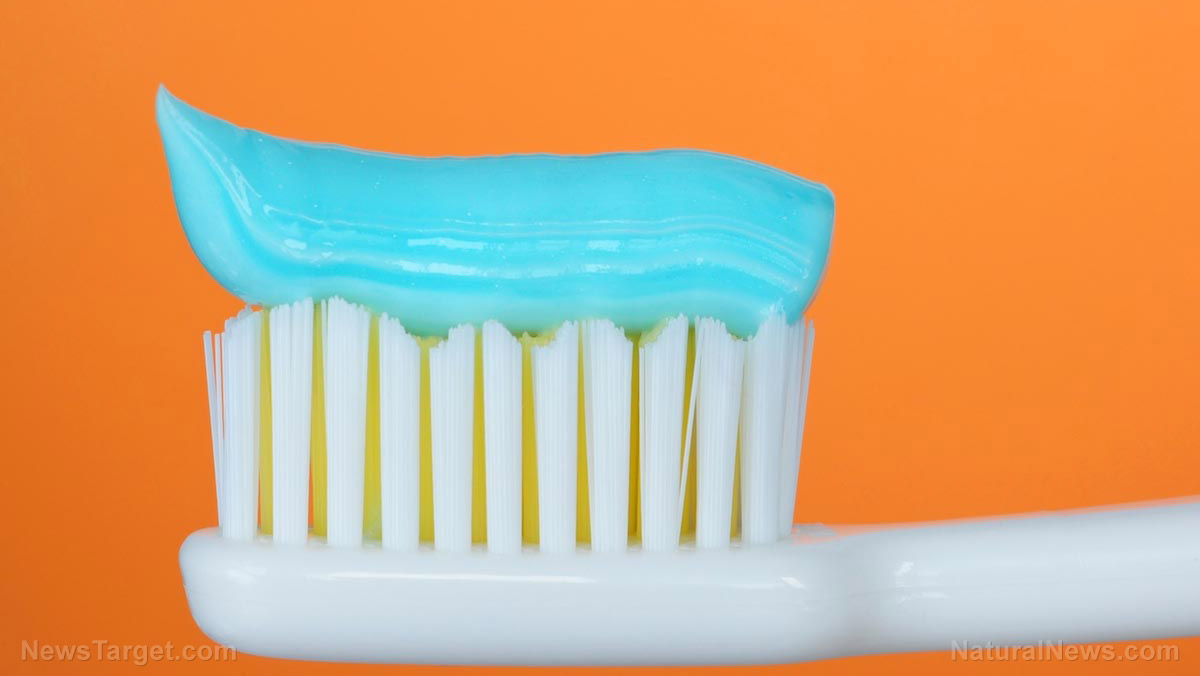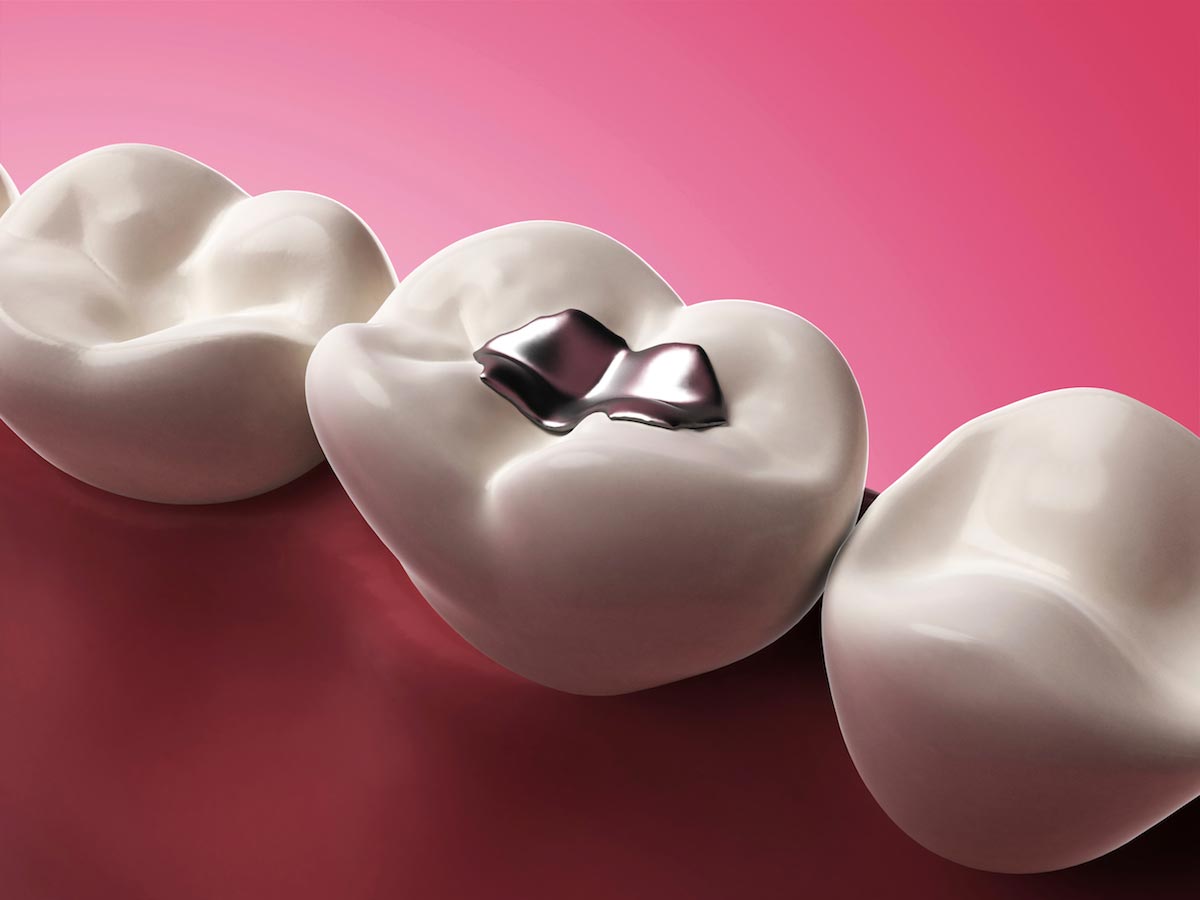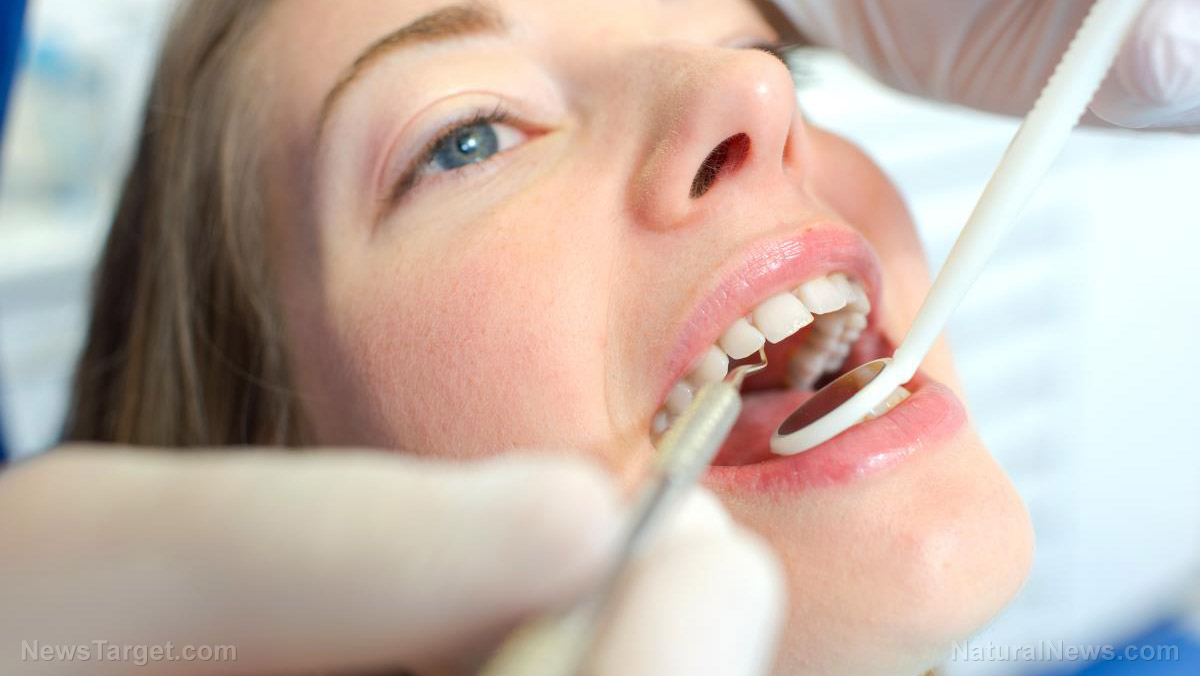The use of amalgam for dental fillings dates back over 150 years, but the safety of this material has come into question in the last 20 years. Concerns over possible health risks associated with mercury and the continued development of alternatives has sparked great debate in the dental and medical community.
Article by Dr. Deborah King
Amalgam is a metal composite which contains about 50% mercury and smaller amounts of silver, copper, tin, zinc, palladium and indium. Amalgam, or silver, fillings are still widely used today due to the reasonable cost, availability and relative durability as a dental filling. There are also disadvantages to amalgam fillings:
- dark color affects your appearance
- aging fillings break down and leak
- over time the materials wear down and enable new cavities to form
Dr. King places dental fillings for patients of all ages in her Buckhead dentist office using mercury free materials. As your dentist, Dr. King considers herself a partner in your overall health care and has chosen a holistic approach to her dentistry, taking into consideration the overall health effects that your treatment or procedure may have in the long run.
Benefits of Mercury Free Fillings
- Natural looking materials blend with your smile for an aesthetically pleasing result
- Composites, porcelain and other options available today are safe and do not contain mercury
- Choosing inlays or onlays for larger fillings instead of amalgam provides lasting results due to the high quality and custom fit
Safe Removal Practices for Amalgam Fillings
Dr. King can safely remove your amalgam fillings and replace them with white, cosmetic fillings made of composite resin or porcelain.
The removal process follows safety protocols recommended by the International Academy of Oral Medicine and Toxicology. These protocols aim to reduce exposure to any harmful toxins that may be present in your dental filling or appliance being replaced.
Biocompatibility testing for new dental materials can be performed well in advance of the restorative visit to determine which dental materials are safest or least offensive to the patient’s immune system. This is to ensure that the replacement material poses no threat to your health and well being.
The removal process step by step:
- Answering any questions concerning the procedure and signing of the informed consent for treatment.
- Administering Local Anesthetic to completely numb the area.
- Placement of a vinyl (rubber) dam over the teeth to be treated.
- Administration of oxygen into the nose via a nasal cannula.
- Activation of high volume external air suction, the “Elephant Suction”, to further insure removal of any mercury particulate or odorous vapors from the building.
- Placement and activation of low volume suction tip under the vinyl dam to collect saliva.
- Activation of high volume suction, “clean-up tip”, to surround the tooth during the mercury amalgam removal process.
- Constant external water spray by doctor’s high-speed handpiece, and assistant’s air-water syringe, to flush mercury particulate into the suction line.
- Removal of the amalgam fillings and/or other fillings, crowns, or bridges that appear to be biologically incompatible with the patient. All restorations will be replaced with the most biocompatible replacement materials available.
- Adjustment and polishing of the restored teeth will be completed in a comprehensive and precise fashion to help insure immediate adaptation and acceptance within the patient’s existing occlusion (bite).


















